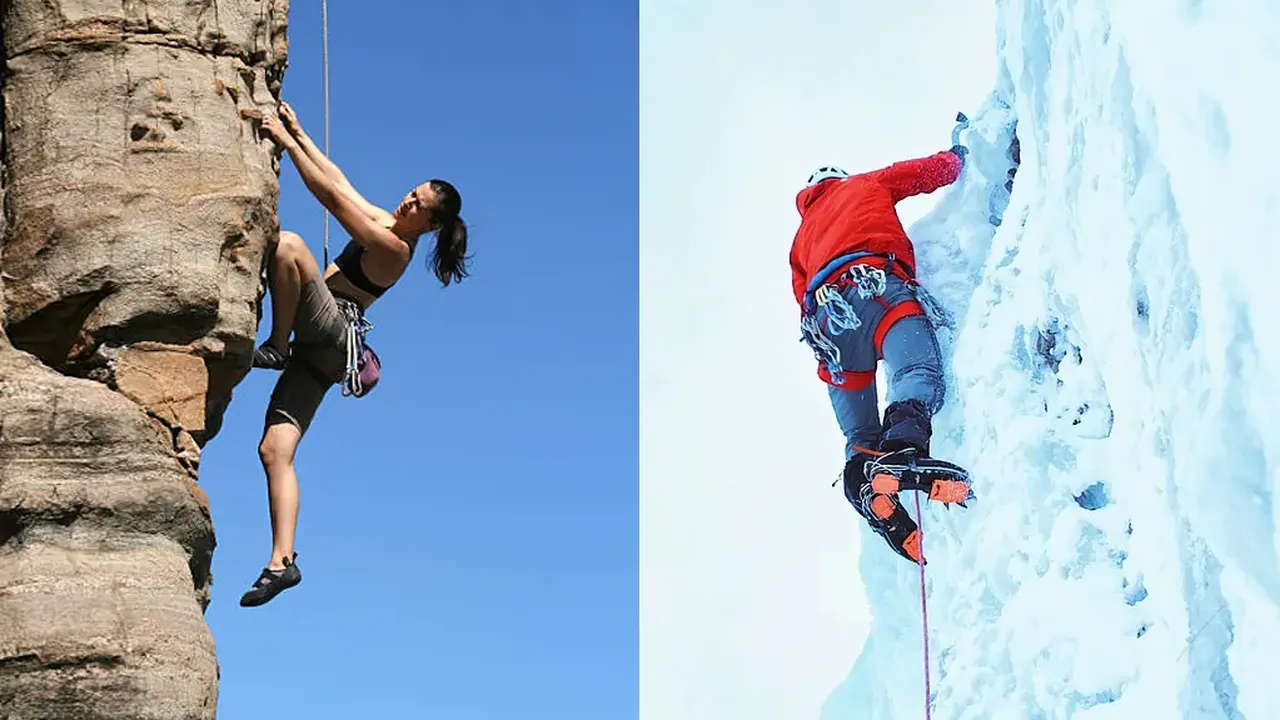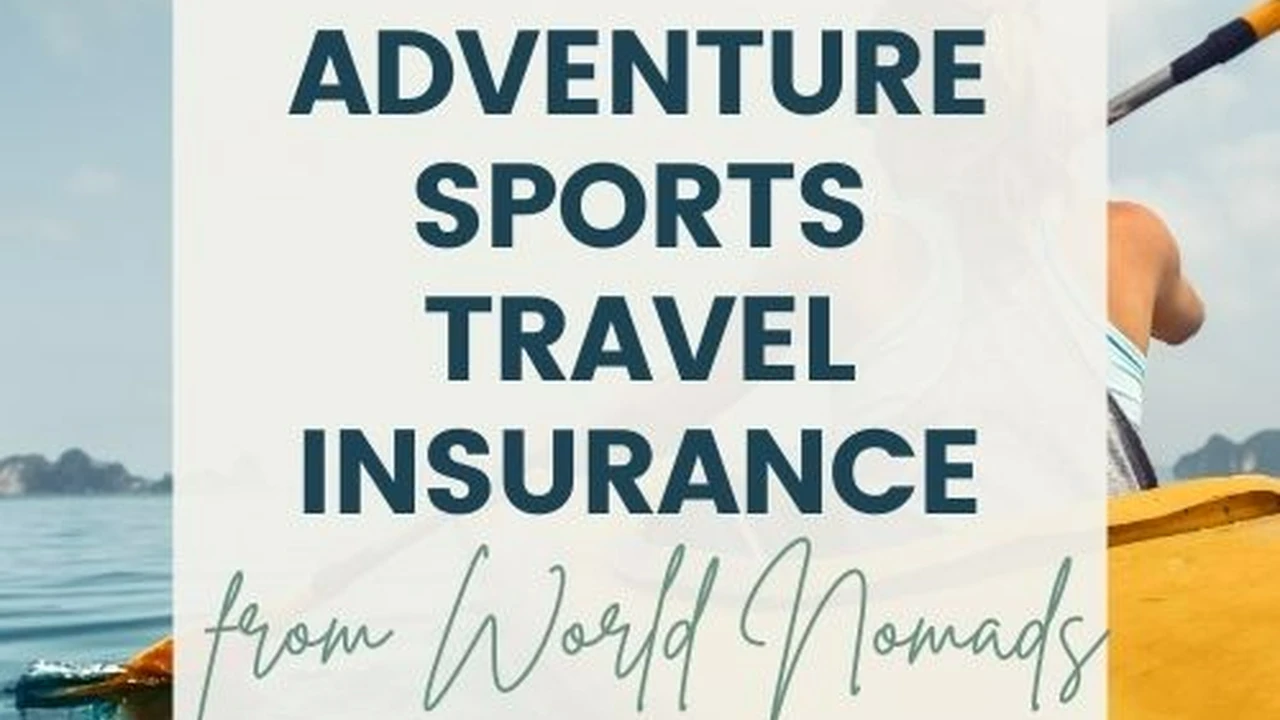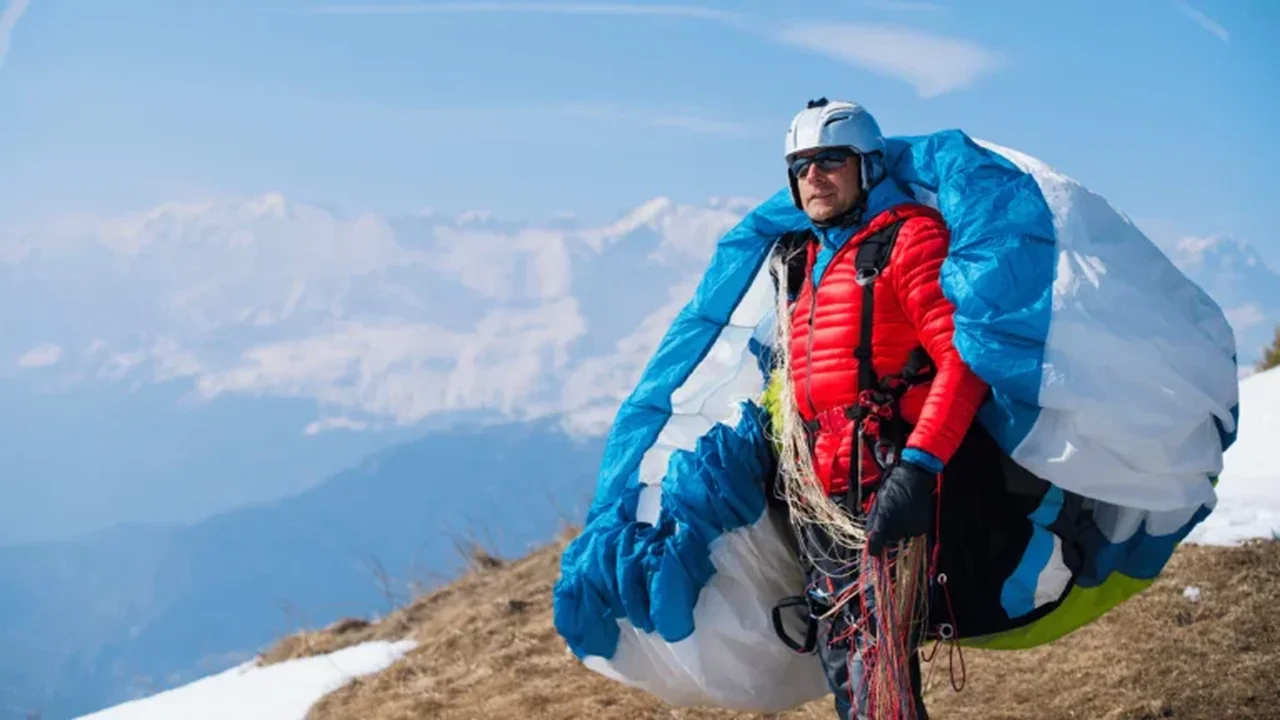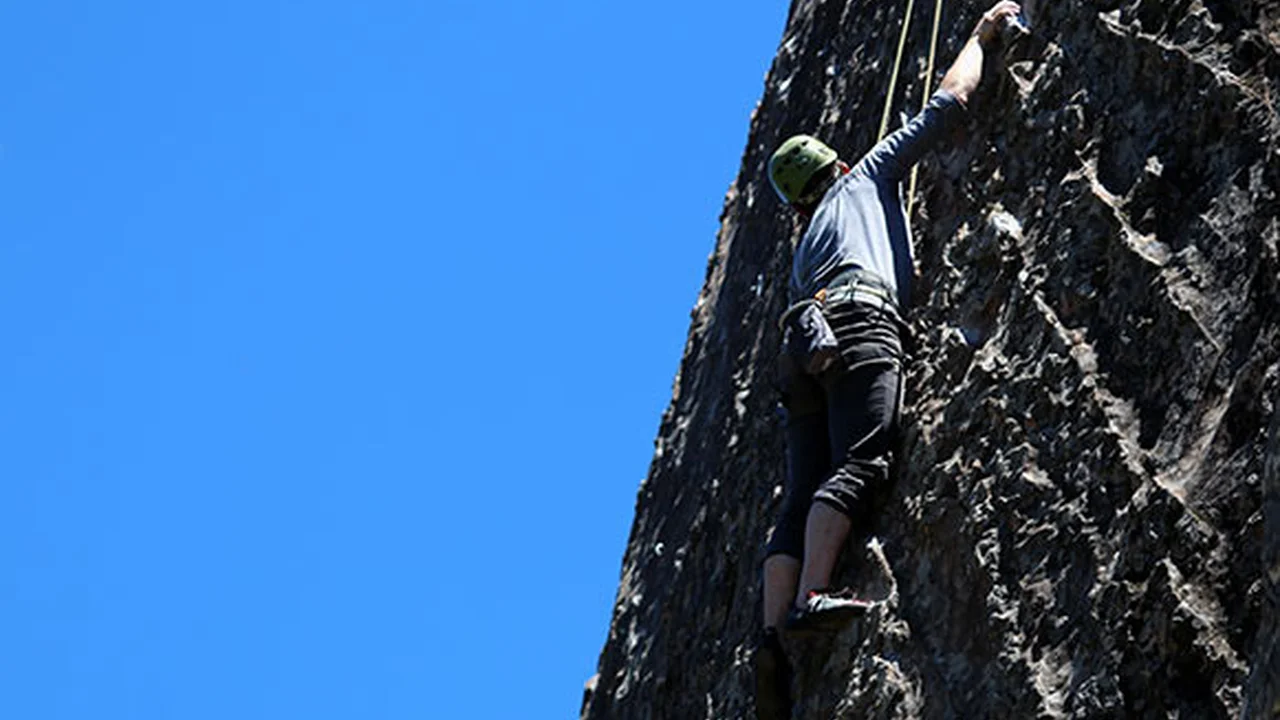Climbing Insurance for High-Altitude Climbing: Is It Necessary?

High-altitude climbing requires specialized insurance Learn why it's essential and what to look for in a policy Protect yourself in extreme environments
Understanding High-Altitude Climbing Risks and Insurance Needs
So, you're planning a trip to tackle some serious peaks? Awesome! But before you start packing your crampons and ice axe, let's talk about something crucial: insurance. High-altitude climbing isn't your average stroll in the park. It comes with a unique set of risks that require specialized coverage. You might be thinking, "Do I *really* need extra insurance?" The short answer is: probably, yes. Let's dive into why.
First, let's define "high-altitude." Generally, we're talking about altitudes above 8,000 feet (2,400 meters). At these heights, the air gets thinner, the weather becomes more unpredictable, and the terrain gets significantly more challenging. This means increased risks of altitude sickness, falls, injuries from rockfall or ice, and even the need for emergency evacuation.
Your regular health insurance might cover some medical expenses, but it likely won't cover the costs of search and rescue operations, which can be astronomical in remote mountain areas. Standard travel insurance often excludes extreme sports like high-altitude climbing. That's where specialized climbing insurance comes in.
Why Regular Travel Insurance Falls Short for High-Altitude Climbers
Think about what your standard travel insurance typically covers: lost luggage, trip cancellations, and maybe some basic medical expenses. Great for a beach vacation, not so great when you're clinging to the side of a mountain. Here's why it's often insufficient:
- Exclusion of Extreme Sports: Most standard policies explicitly exclude activities deemed "high-risk," and high-altitude climbing definitely falls into that category.
- Limited Medical Coverage: While they might cover basic medical needs, they often have low limits, especially for emergency situations in remote locations.
- No Search and Rescue Coverage: This is a big one. If you need to be rescued from a mountain, the costs can easily reach tens of thousands of dollars, if not more. Standard policies almost never cover this.
- Lack of Specific Activity Coverage: Regular travel insurance doesn't account for the specific gear and equipment you'll be using, such as specialized climbing ropes, harnesses, and helmets. If these get damaged or lost, you're on your own.
Essential Coverage Components for High-Altitude Climbing Insurance
Okay, so you need specialized insurance. But what should it cover? Here's a breakdown of the essential components:
- Medical Expenses: This should cover treatment for injuries, illnesses, and altitude sickness. Make sure the limits are high enough to cover potential costs in remote areas.
- Emergency Evacuation and Repatriation: This is crucial. It covers the cost of getting you off the mountain and back home if you're injured or ill. Look for policies that cover helicopter rescue.
- Search and Rescue: As mentioned earlier, this covers the cost of search parties and rescue operations.
- Trip Cancellation and Interruption: This covers you if you have to cancel or interrupt your trip due to unforeseen circumstances, such as illness, injury, or adverse weather conditions.
- Gear and Equipment Coverage: This covers the cost of replacing or repairing your climbing gear if it's damaged or lost.
- Personal Liability: This protects you if you accidentally cause injury or damage to someone else or their property.
Top High-Altitude Climbing Insurance Providers and Policy Comparisons
Now for the important part: which insurance providers offer adequate coverage for high-altitude climbing? Here are a few reputable options to consider, with a focus on their strengths and weaknesses:
- Global Rescue: Known for their comprehensive coverage and emergency evacuation services. They have a strong reputation for handling complex rescue operations.
- Pros: High medical limits, excellent emergency evacuation coverage, 24/7 support.
- Cons: Can be more expensive than other options.
- Typical Scenarios: Best for expeditions to remote and challenging peaks, where evacuation is a significant concern.
- Example Product: Global Rescue Signature Travel Insurance
- Price Range: $400 - $1000+ per trip, depending on duration and destination.
- World Nomads: A popular choice for adventure travelers, offering a range of coverage options. They have a good reputation for handling claims efficiently.
- Pros: Relatively affordable, flexible coverage options, covers a wide range of activities.
- Cons: Medical limits may be lower than some other providers, some activities may require additional coverage.
- Typical Scenarios: Suitable for climbers tackling moderately challenging peaks, where costs need to be balanced with coverage.
- Example Product: World Nomads Explorer Plan
- Price Range: $100 - $500+ per trip, depending on duration and coverage level.
- IMG Signature Travel Insurance: Offers comprehensive travel insurance plans, including options for adventure activities.
- Pros: Good medical coverage, trip cancellation and interruption benefits, 24/7 assistance.
- Cons: May not cover all high-altitude climbing activities, so check policy details carefully.
- Typical Scenarios: A good option for climbers who want a balance of comprehensive coverage and affordability.
- Example Product: IMG Signature Travel Insurance - Platinum Plan
- Price Range: $200 - $700+ per trip, depending on duration and coverage level.
- Ripcord Rescue Travel Insurance: Focuses on rescue and evacuation services, particularly in remote locations.
- Pros: Specializes in rescue and evacuation, strong network of resources, covers a wide range of adventure activities.
- Cons: May not have as comprehensive medical coverage as some other providers.
- Typical Scenarios: Ideal for climbers who prioritize rescue and evacuation coverage above all else.
- Example Product: Ripcord Rescue Travel Insurance - Platinum Plan
- Price Range: $300 - $800+ per trip, depending on duration and destination.
Important Note: Always read the fine print! Compare policy details carefully, paying attention to coverage limits, exclusions, and deductibles. Don't just go for the cheapest option; make sure it adequately covers your specific needs and the risks associated with your planned climb.
Understanding Policy Exclusions and Limitations for High-Altitude Climbers
Even the best high-altitude climbing insurance policies have exclusions and limitations. Here are some common ones to be aware of:
- Pre-existing Medical Conditions: Many policies exclude coverage for pre-existing medical conditions unless they are specifically declared and approved.
- Unapproved Activities: If you engage in activities not covered by the policy (e.g., BASE jumping), you won't be covered for any resulting injuries or incidents.
- Violation of Safety Regulations: If you violate safety regulations or act recklessly, your claim may be denied.
- Alcohol and Drug Use: Injuries or incidents that occur while under the influence of alcohol or drugs are typically excluded.
- Undeclared Alterations to Itinerary: If you significantly deviate from your declared itinerary without informing your insurer, your coverage may be affected.
How to Choose the Right High-Altitude Climbing Insurance Plan for Your Needs
Choosing the right insurance plan is a personal decision. Here's a step-by-step guide to help you make the best choice:
- Assess Your Risks: Consider the specific risks associated with your planned climb, including the altitude, terrain, weather conditions, and your own experience level.
- Determine Your Coverage Needs: Based on your risk assessment, determine the types and amounts of coverage you need. Think about medical expenses, emergency evacuation, search and rescue, gear protection, and personal liability.
- Research Different Providers: Compare different insurance providers and policies, paying attention to coverage limits, exclusions, deductibles, and customer reviews.
- Read the Fine Print: Carefully read the policy details to understand the terms and conditions, including any exclusions or limitations.
- Get a Quote: Obtain a quote from each provider based on your specific needs and travel dates.
- Compare Quotes and Coverage: Compare the quotes and coverage options from different providers to find the best fit for your budget and risk tolerance.
- Purchase Your Policy: Once you've chosen a policy, purchase it online or through an insurance agent.
- Keep Your Policy Information Handy: Carry a copy of your policy information with you on your trip, including the policy number, contact information, and coverage details.
Case Studies Real-Life Examples of Climbing Insurance in Action
To illustrate the importance of high-altitude climbing insurance, let's look at a few real-life examples:
- Case Study 1: The Injured Climber on Denali: A climber on Denali (Mount McKinley) fell and broke his leg. His high-altitude climbing insurance covered the cost of a helicopter rescue, medical treatment, and repatriation back to the United States. Without insurance, he would have been responsible for tens of thousands of dollars in expenses.
- Case Study 2: The Altitude Sickness Evacuation: A climber on Aconcagua developed severe altitude sickness. His insurance covered the cost of an emergency evacuation to a lower altitude, where he received medical treatment and recovered. Without insurance, he would have faced a potentially life-threatening situation.
- Case Study 3: The Lost Gear Incident: A climber on Mount Everest had his climbing gear stolen from his tent. His insurance covered the cost of replacing his gear, allowing him to continue his climb. Without insurance, he would have had to abandon his expedition.
Tips for Filing a Successful Climbing Insurance Claim
If you need to file a claim, here are some tips to increase your chances of success:
- Report the Incident Promptly: Contact your insurance provider as soon as possible after the incident occurs.
- Gather Documentation: Collect all relevant documentation, including medical records, police reports, receipts, and photos.
- Provide Accurate Information: Be honest and accurate when providing information to your insurance provider.
- Follow the Claims Process: Follow the claims process outlined by your insurance provider.
- Keep Records: Keep copies of all documents and correspondence related to your claim.
- Be Persistent: If your claim is denied, don't give up. Appeal the decision and provide any additional information that may support your claim.
Frequently Asked Questions About High-Altitude Climbing Insurance
- Q: Is high-altitude climbing insurance expensive?
- A: It can be, but it's a small price to pay for the peace of mind and financial protection it provides.
- Q: How much coverage do I need?
- A: The amount of coverage you need depends on the risks associated with your climb and your personal circumstances. Consult with an insurance professional to determine the appropriate coverage level.
- Q: What if I have pre-existing medical conditions?
- A: Some insurance providers offer coverage for pre-existing medical conditions, but you may need to pay a higher premium.
- Q: Can I purchase insurance after my trip has started?
- A: Generally, you need to purchase insurance before your trip begins.
- Q: What if I change my itinerary?
- A: Contact your insurance provider to update your itinerary and ensure that you are still covered.
High-altitude climbing is an incredible experience, but it's essential to be prepared for the risks. Investing in specialized climbing insurance is a smart way to protect yourself financially and ensure that you can get the help you need if something goes wrong. So, do your research, compare your options, and choose a policy that gives you the peace of mind to focus on reaching the summit!
:max_bytes(150000):strip_icc()/277019-baked-pork-chops-with-cream-of-mushroom-soup-DDMFS-beauty-4x3-BG-7505-5762b731cf30447d9cbbbbbf387beafa.jpg)






